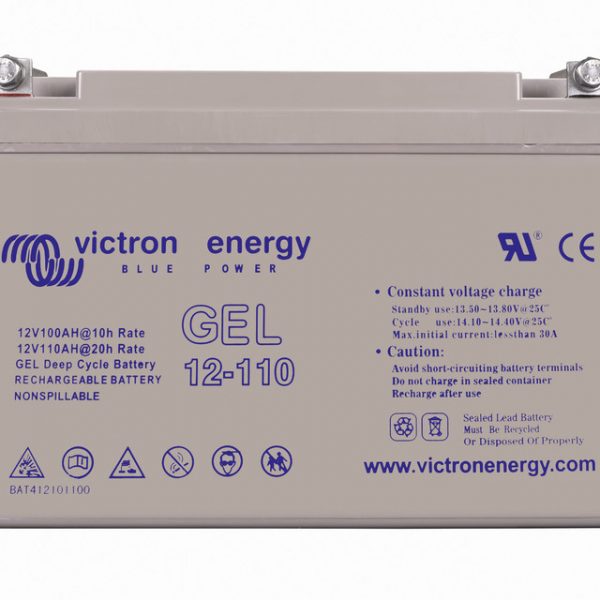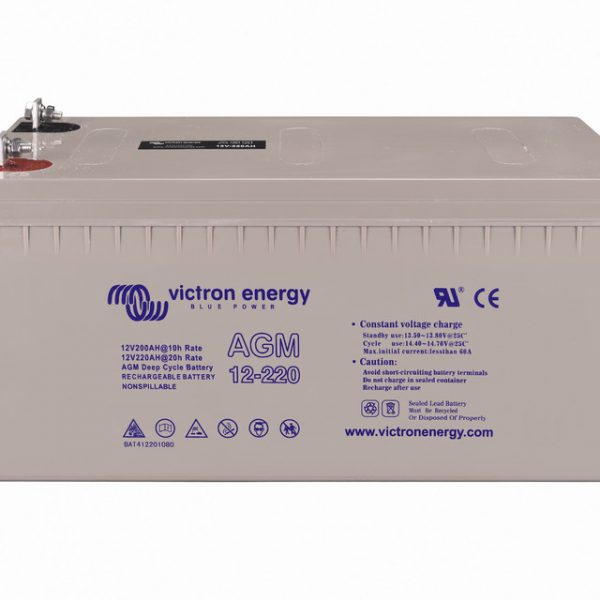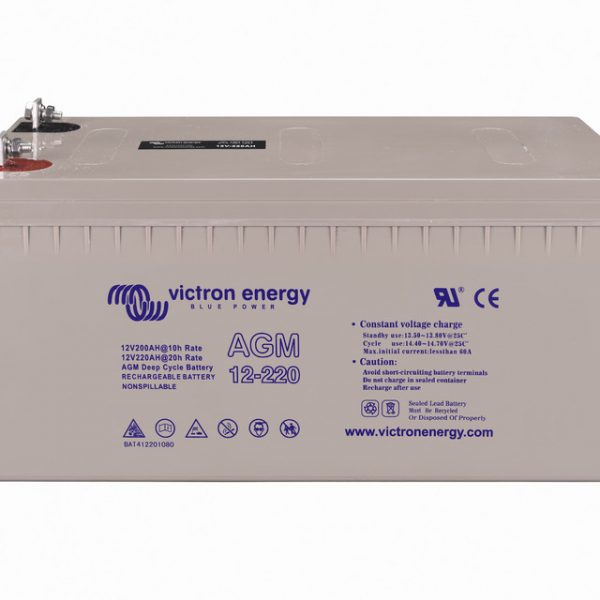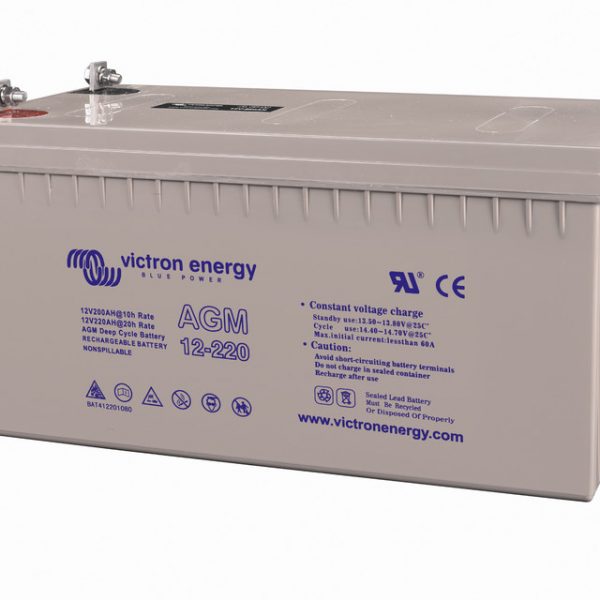Description
The Victron Energy GEL OPZV Batteries range are globally known for their high performance and durability.
VRLA AGM: design life 7-10 years
VRLA GEL: design life 12 years
VRLA GEL 2 Volt cells: design life 20 years
The AGM range has very low internal resistance making them particularly suitable for high current discharge applications such as for inverters, thrusters and winches as well as engine starting.
The GEL OPZV model range offers best deep cycle durability and overall longer life. The use of high purity materials and lead calcium grids ensure that for both AGM and GEL OPZV products have particularly low self-discharge so that they will not go flat during long periods without charge. Both ranges are supplied with M8 drilled, flat copper terminals ensuring best possible connection contact and eliminating the need for battery terminals. The batteries are compliant with both CE and UL specifications in ABS fireproof containers and come with Victron’s 2 year world-wide warranty.
A frequently asked question is, should I use a GEL or AGM battery?
To answer this question we need to understand the differences between VRLA GEL and VRLA AGM and we must understand what a VRLA battery is. Simply, a VRLA battery is one which would not normally be topped up with water at periodic intervals which is what has to be carried out on a “vented” battery. Because of this characteristic they have often been miss-quoted as sealed. They are not sealed but have a one way valve to release excessive internal pressure. The design of the valve varies but they all have a pre-set value and when this is reached releases and maintains the pressure within design limits. This pressure is usually low and in the order of 0.5 BAR. Both AGM and GEL are VRLA batteries and have this valve arrangement.
VRLA batteries, both AGM and GEL OPZV , are often referred to as Gas Recombination Batteries because they do not need topping up and a large percentage of the gas generated on overcharge is recombined into water and in this respect they are maintenance. However, it must be remembered that when being overcharged both types will give off explosive hydrogen and oxygen and they must never be installed in sealed enclosures or where ventilation is restricted.
Download more information on our batteries here
Download AGM supercycle battery datasheets here

























Reviews
There are no reviews yet.